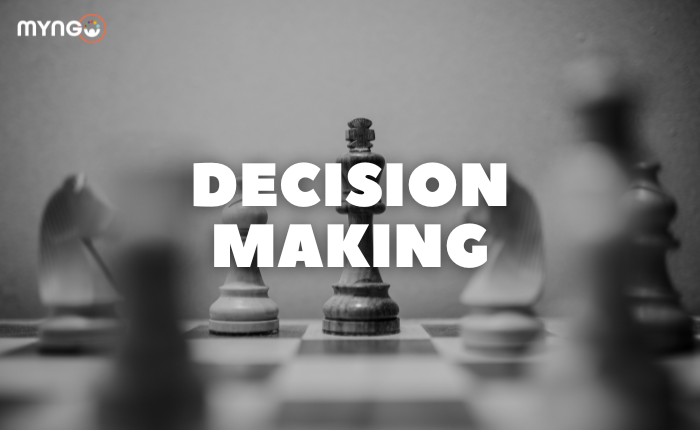
About Lesson
In this lesson, we will focus on the decision-making process in leadership. Making informed and effective decisions is a crucial aspect of leading a team. You will learn about different decision-making styles and strategies to enhance your decision-making skills.
Learning Objectives
- Understand the decision-making process in leadership.
- Identify different decision-making styles.
- Apply decision-making strategies in various scenarios.
Lesson Content
The Decision-Making Process
Decision-making is a fundamental skill for leaders, involving the selection of the best course of action among several alternatives to achieve a desired outcome. Effective decision-making requires critical thinking, analysis, and sometimes collaboration with others. The ability to make sound decisions quickly and confidently is essential for leaders to guide their teams and ensure progress.
Decision-Making Styles
- Autocratic: The leader makes decisions without input from others. This style can be efficient but may not always consider the perspectives of team members.
- Example: A leader deciding on a new project direction without consulting the team.
- Consultative: The leader seeks input from team members but ultimately makes the decision. This style balances efficiency with team involvement.
- Example: A leader asking for feedback on project plans before making the final decision.
- Consensus: The team works together to reach a collective decision. This style fosters collaboration and ensures that all voices are heard but can be time-consuming.
- Example: A team deciding on a new initiative through group discussion and agreement.
- Delegative: The leader delegates decision-making authority to team members. This style empowers team members and can enhance their commitment to the decision.
- Example: A leader assigning a team to decide on the best approach for a community event.
Strategies for Effective Decision-Making
- Gather Information: Collect relevant data and insights to inform your decision.
- Example: Researching best practices and consulting with experts before deciding on a new program.
- Consider Alternatives: Identify and evaluate different options to ensure you make the best choice.
- Example: Listing potential solutions and assessing their feasibility and impact.
- Weigh Pros and Cons: Assess the advantages and disadvantages of each option to determine the best course of action.
- Example: Creating a pros and cons list for each potential solution.
- Make the Decision: Choose the best course of action based on your analysis.
- Example: Selecting the most viable and beneficial solution.
- Communicate the Decision: Clearly convey the decision and its rationale to the team to ensure understanding and buy-in.
- Example: Explaining the chosen solution and the reasons behind it during a team meeting.
- Evaluate the Decision: After implementing the decision, assess its outcomes and adjust if necessary.
- Example: Monitoring the results of a new strategy and making improvements based on feedback.